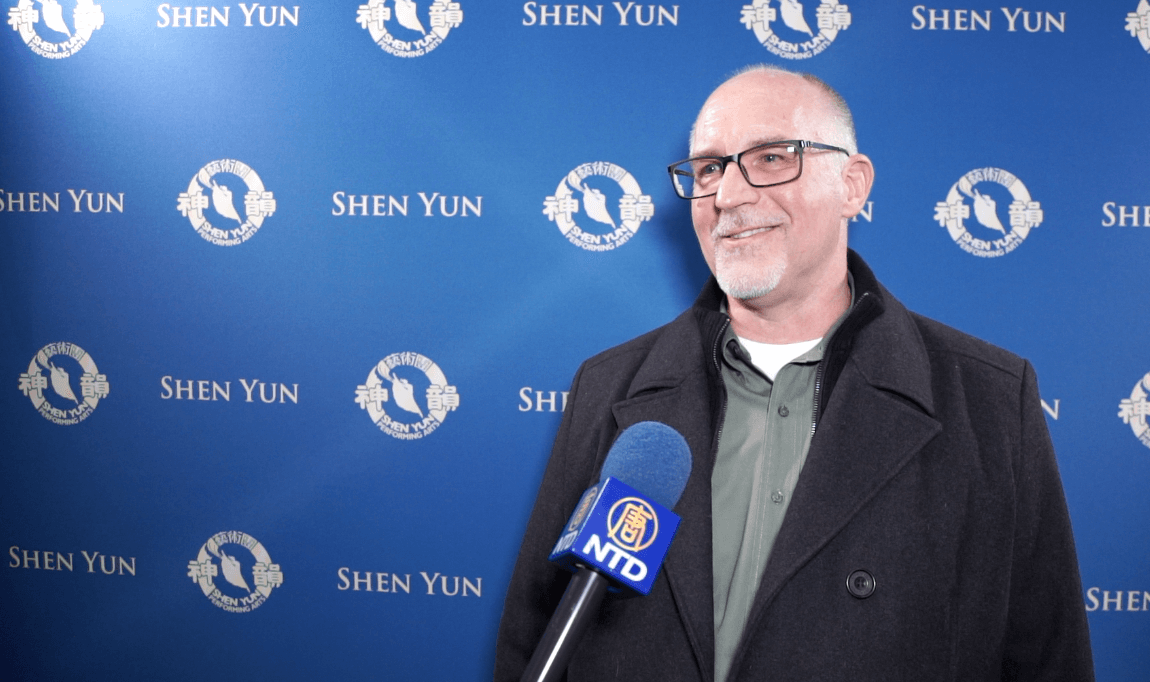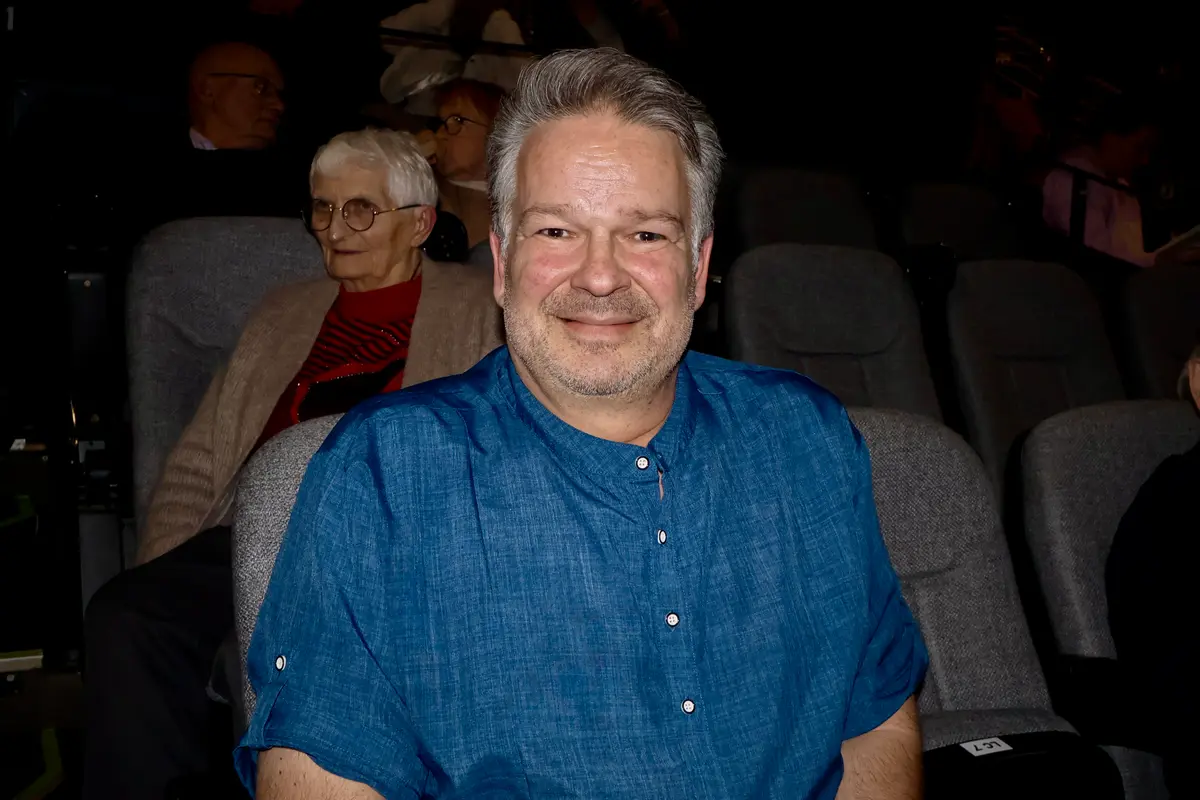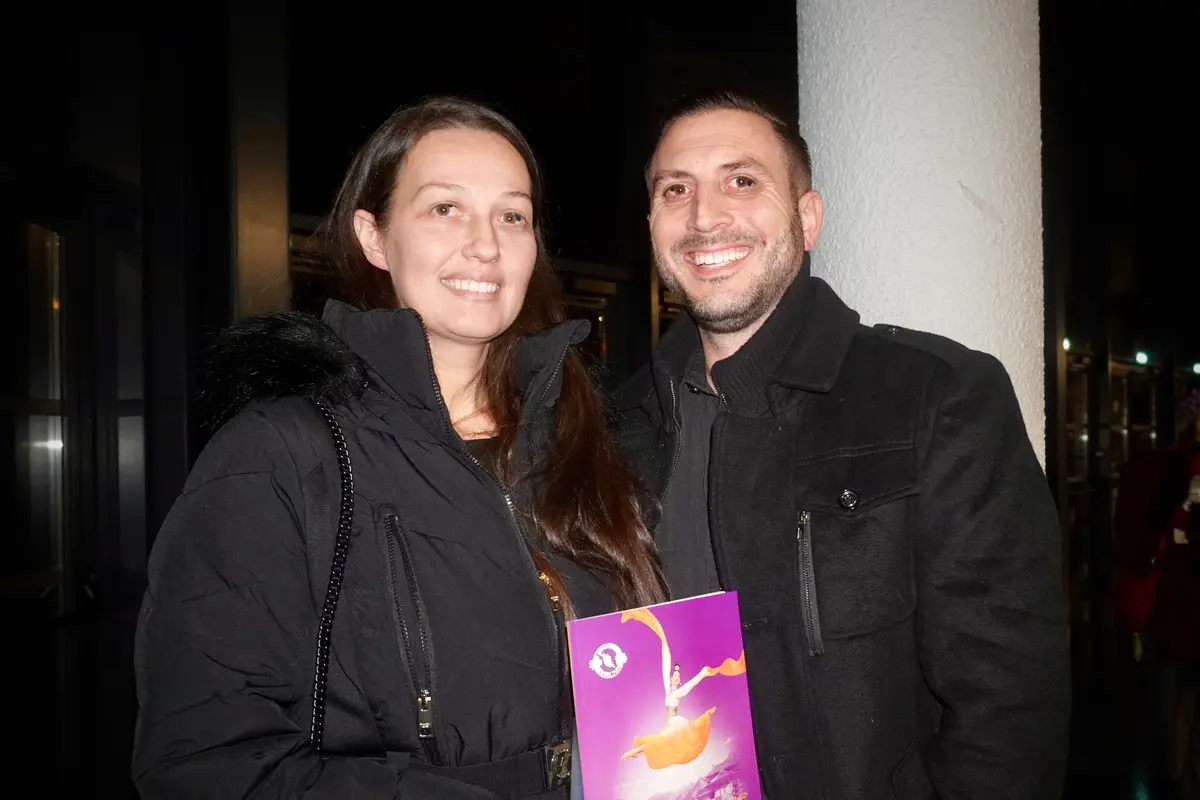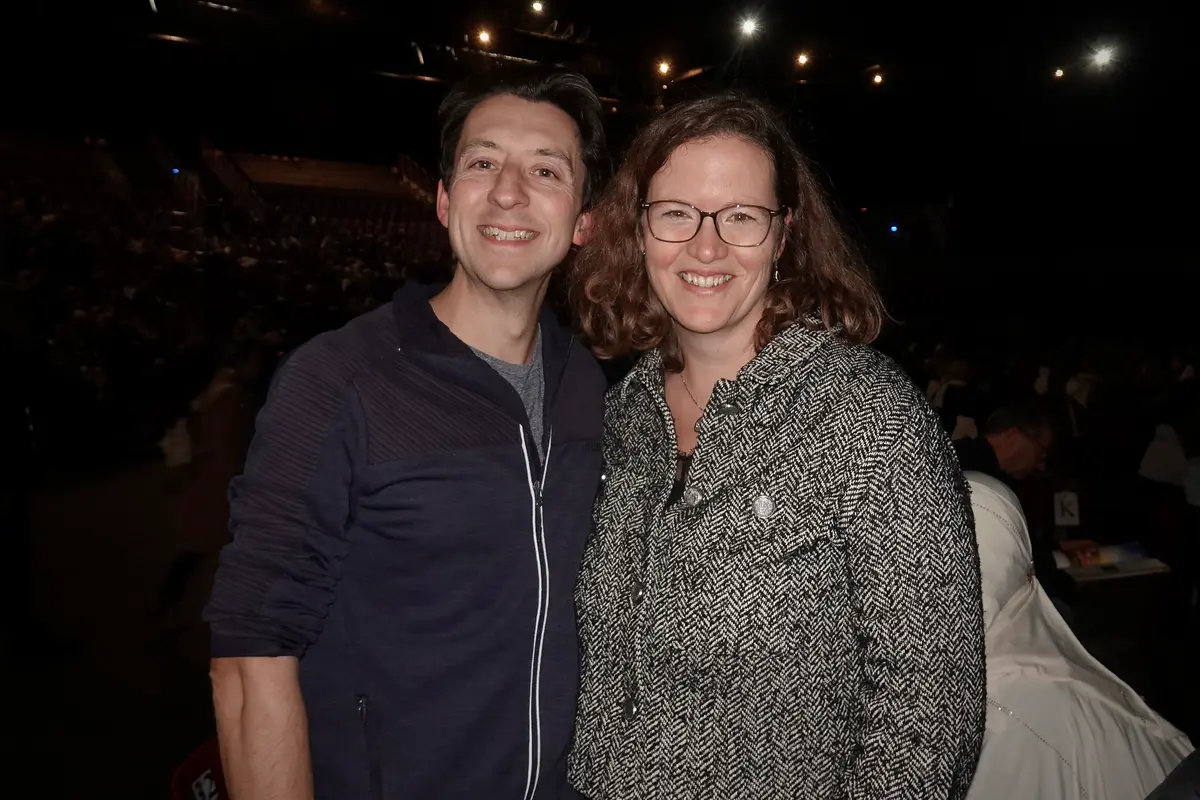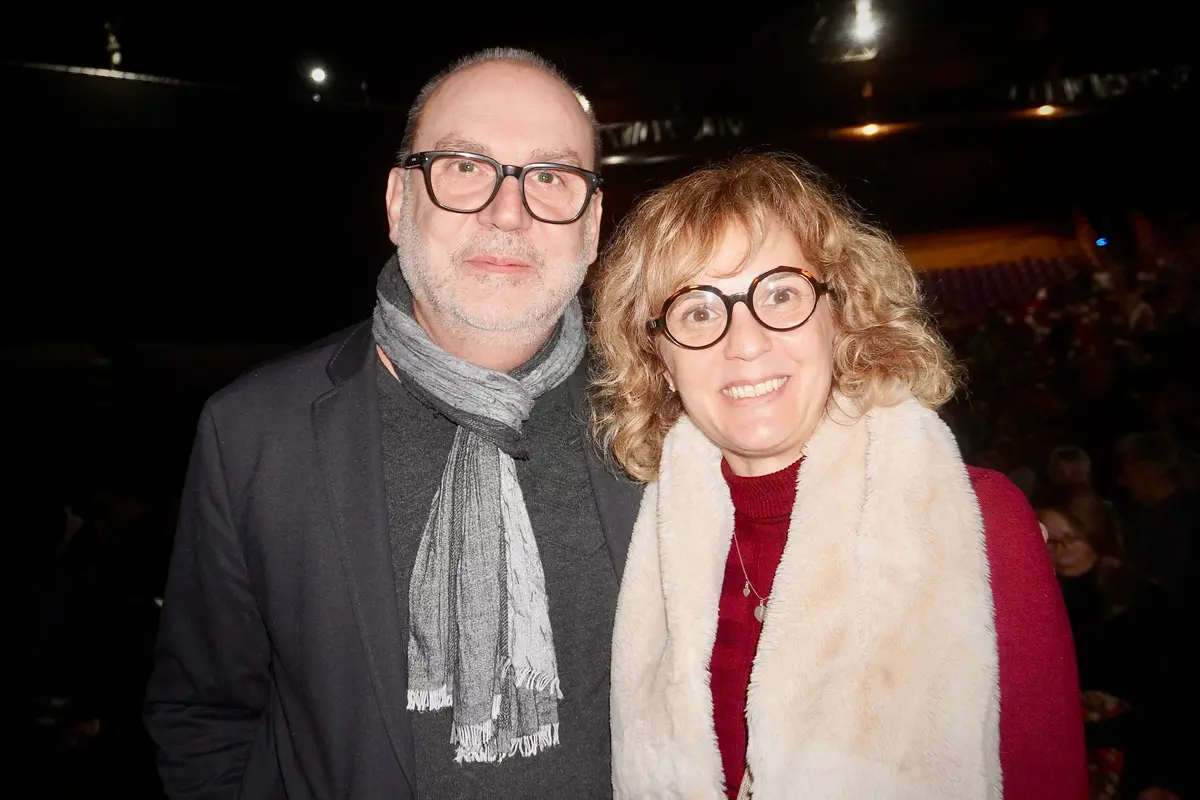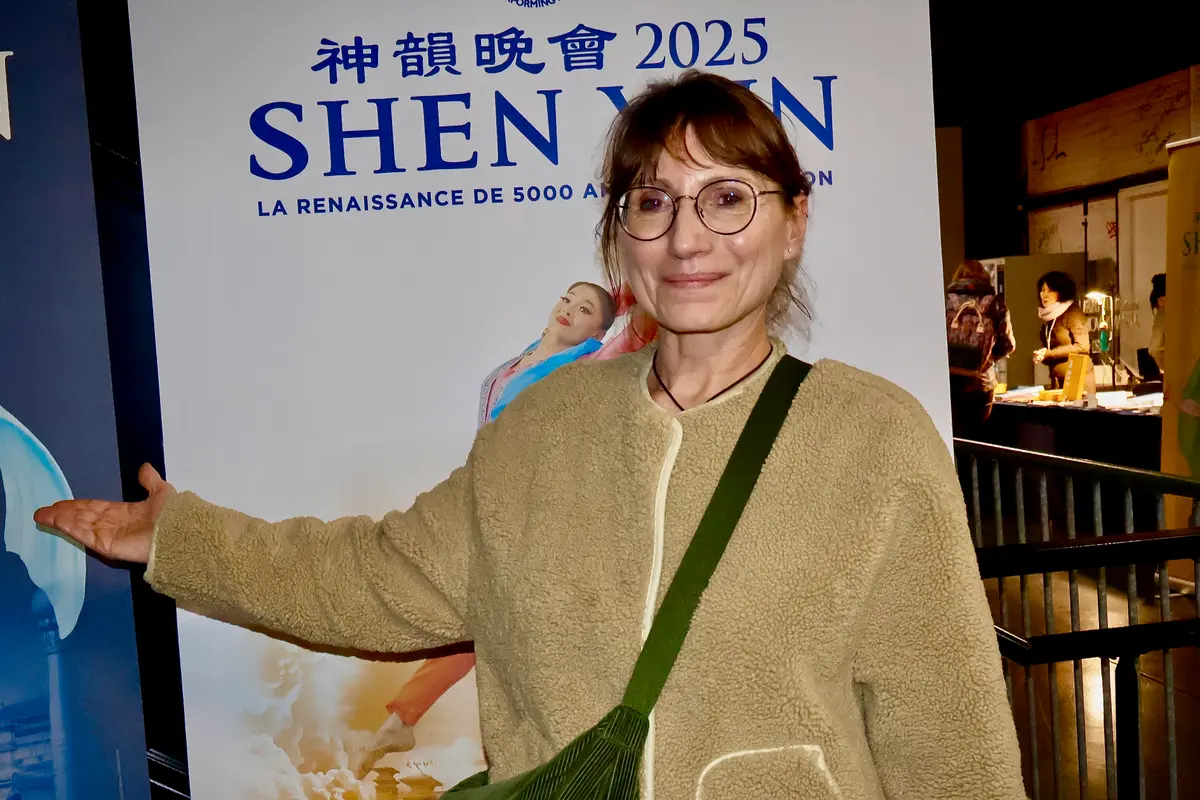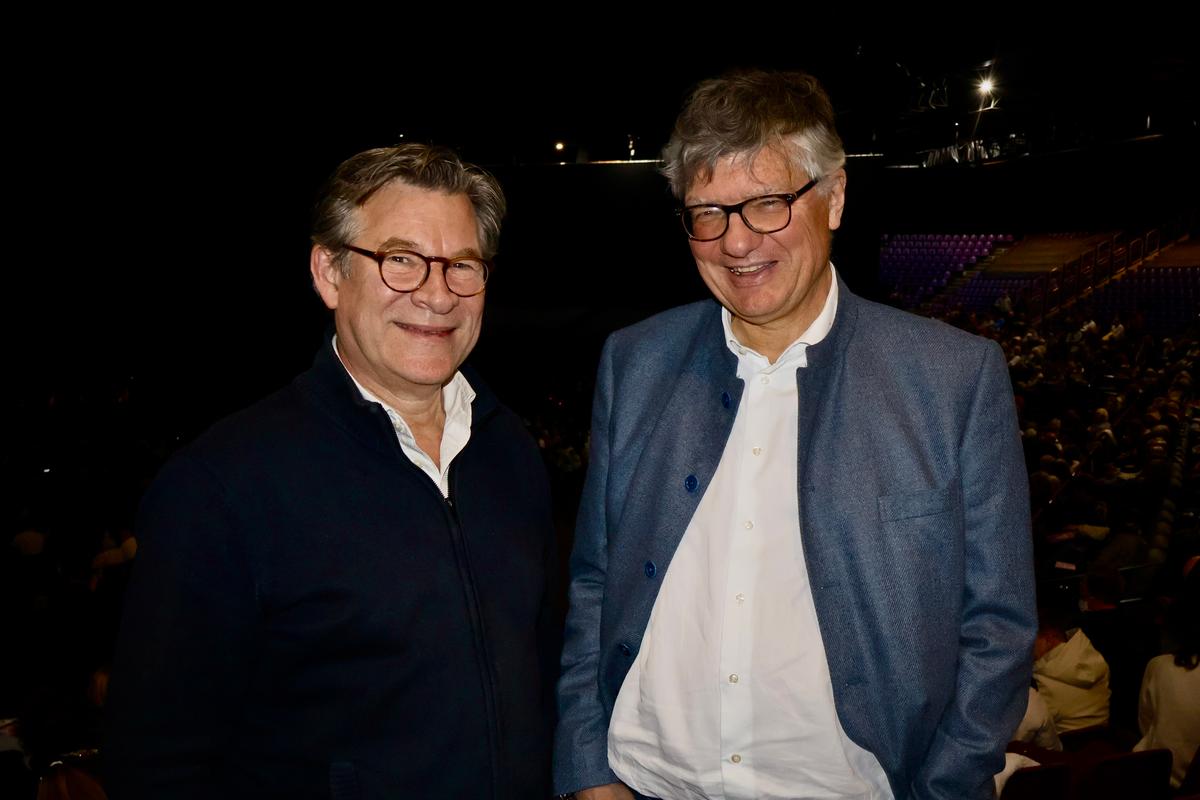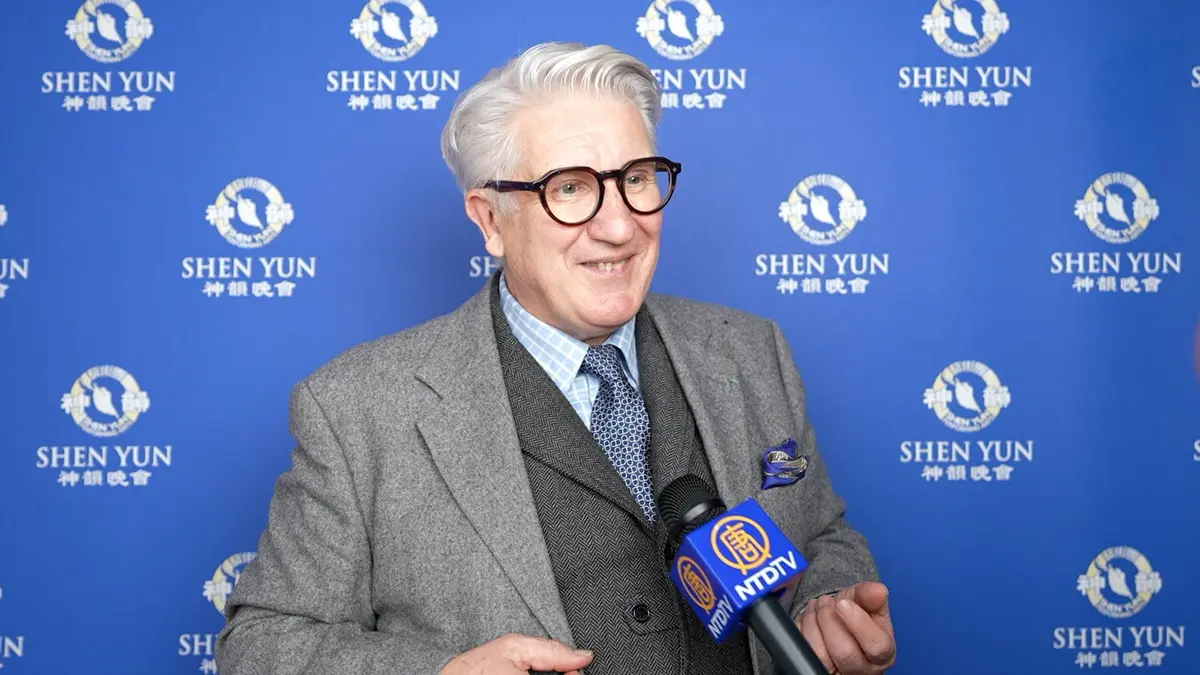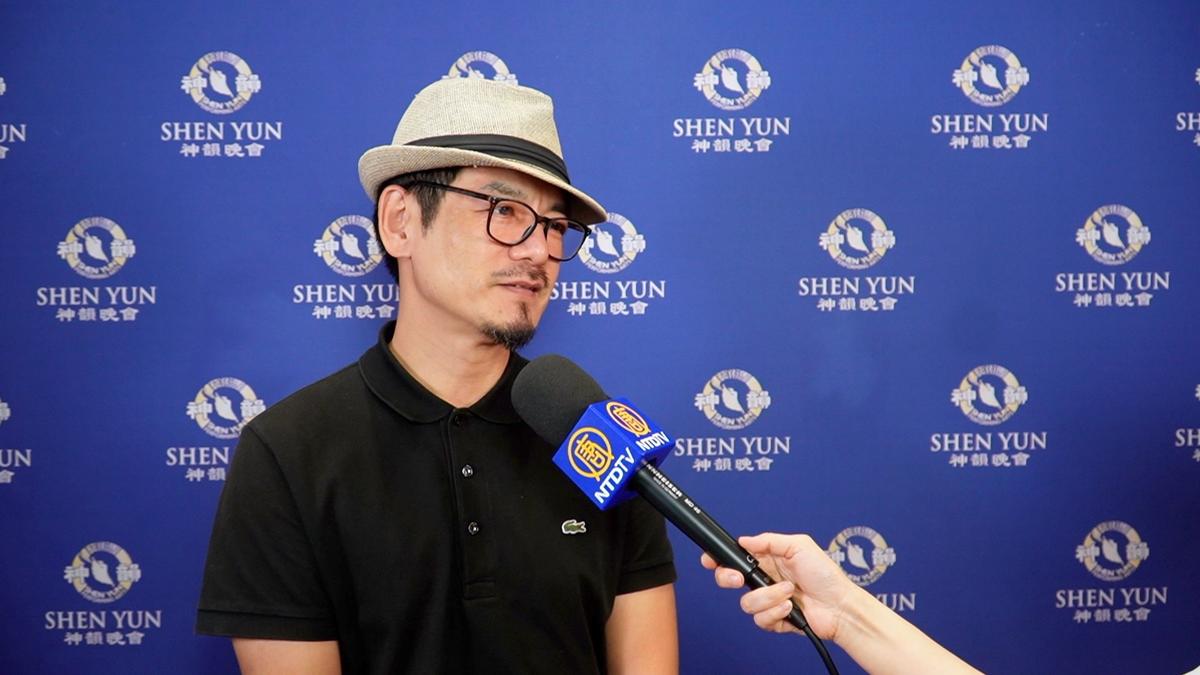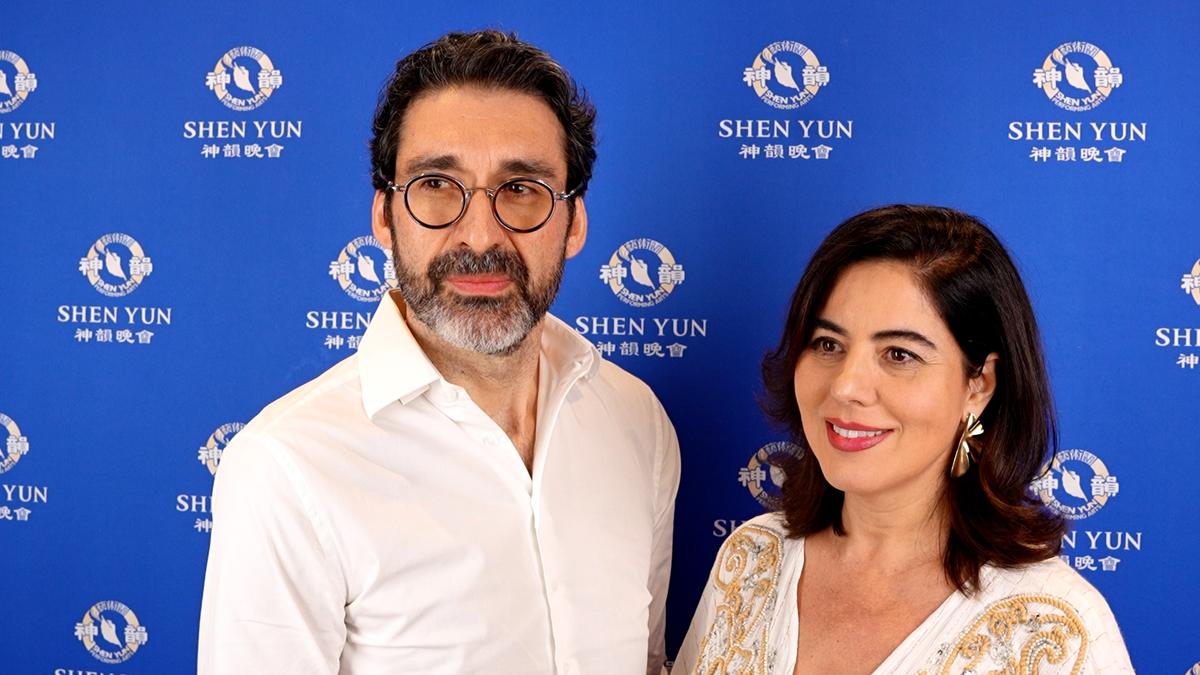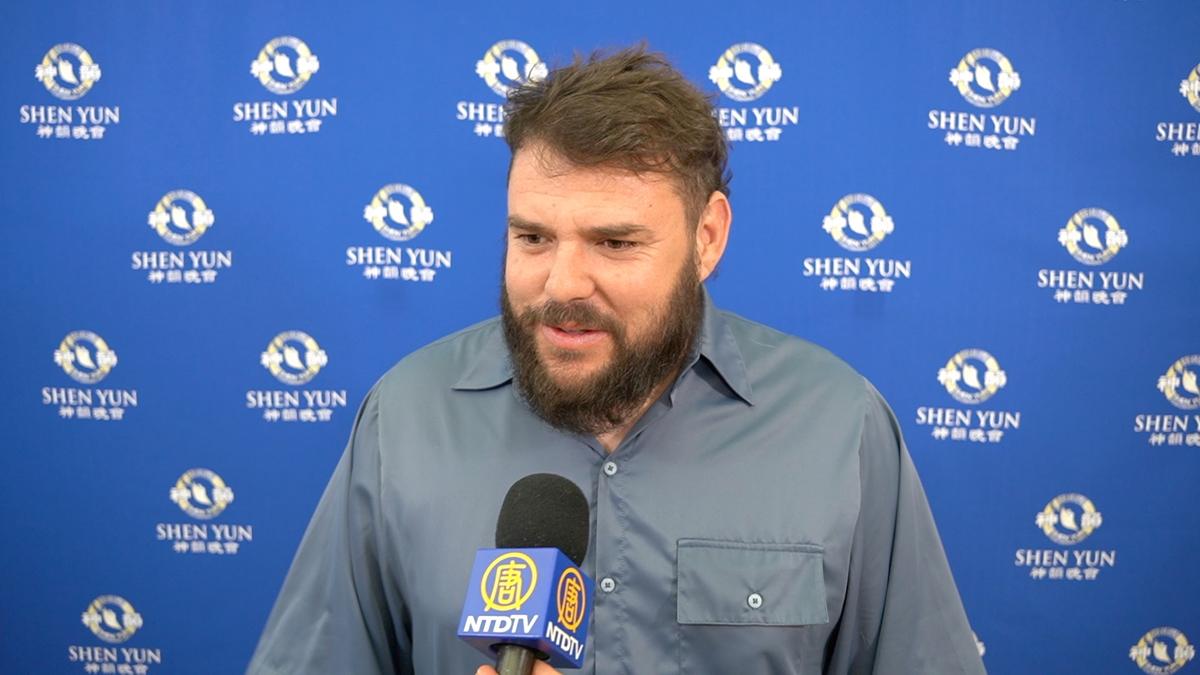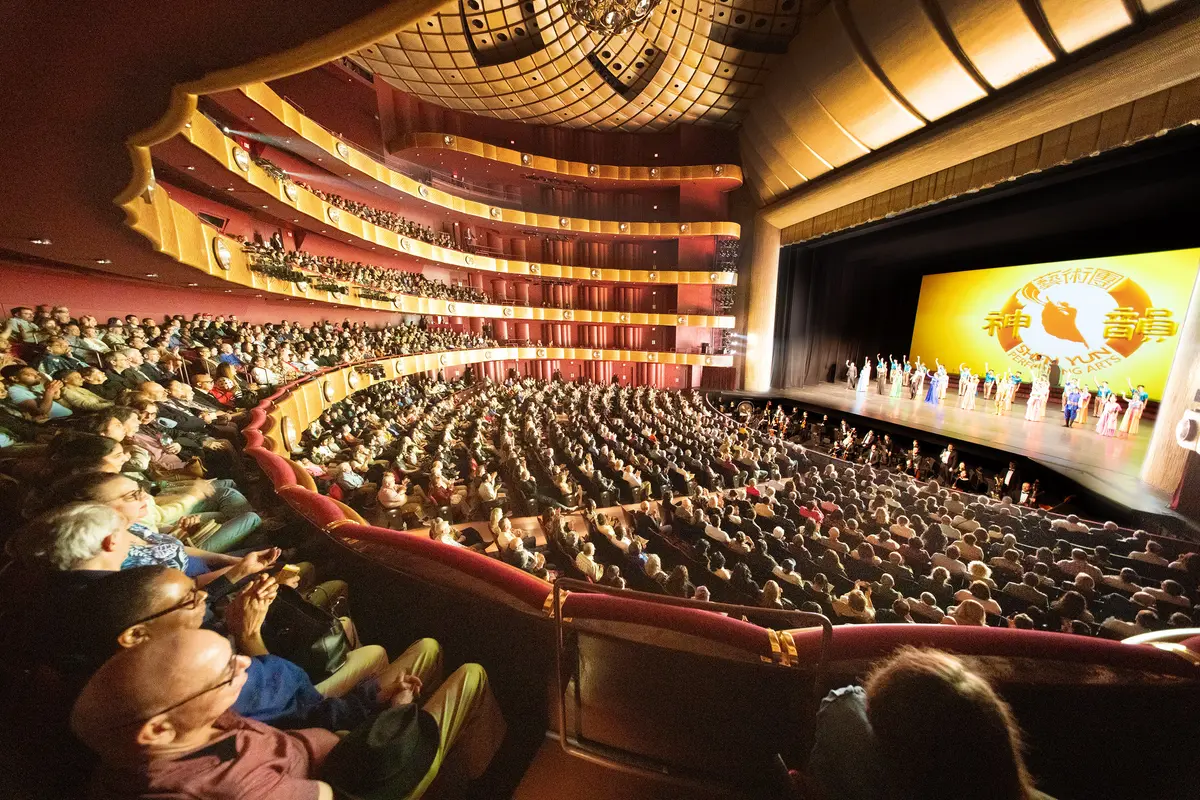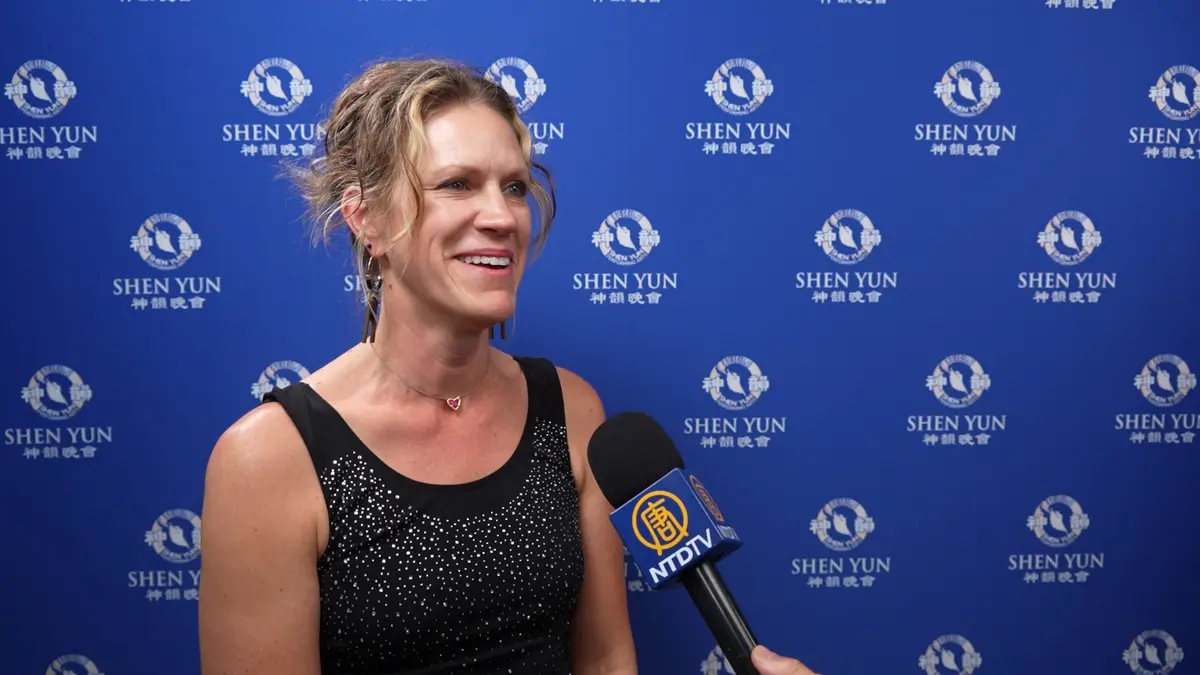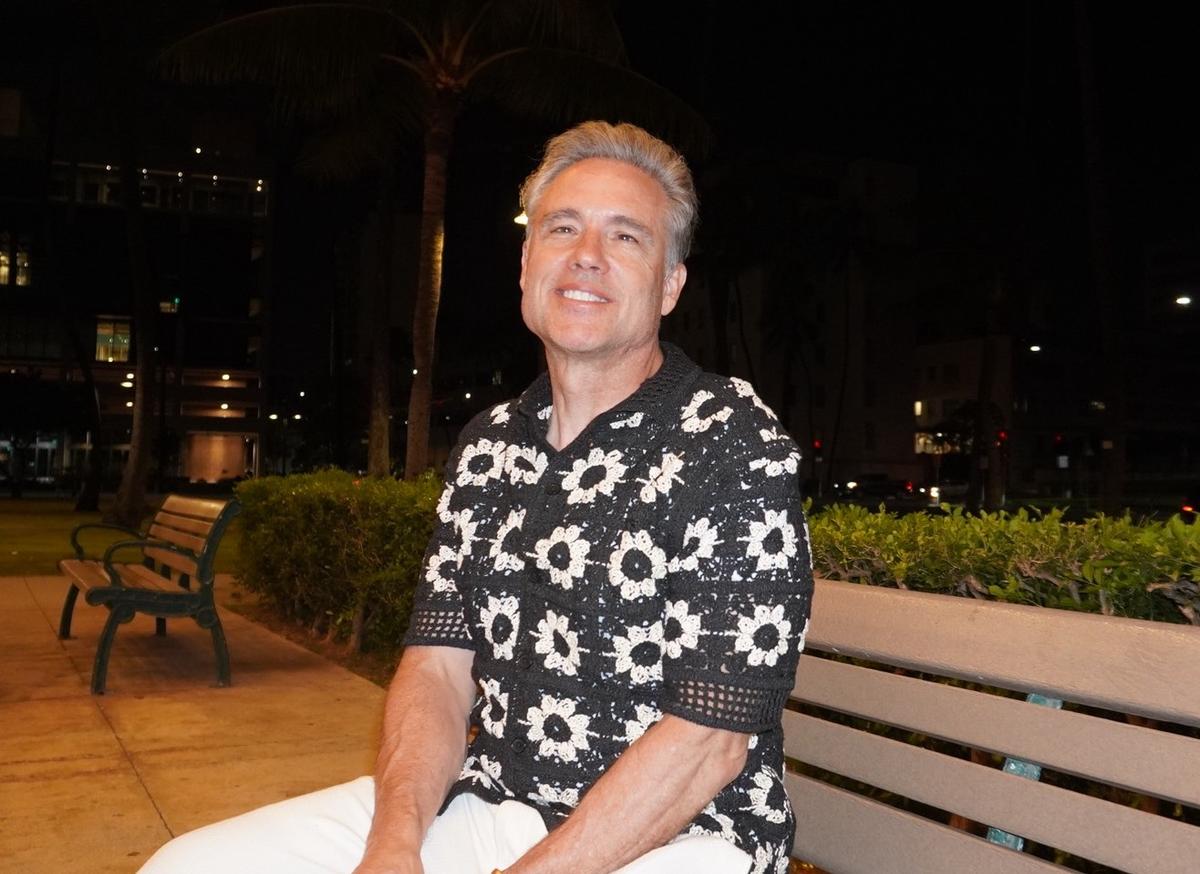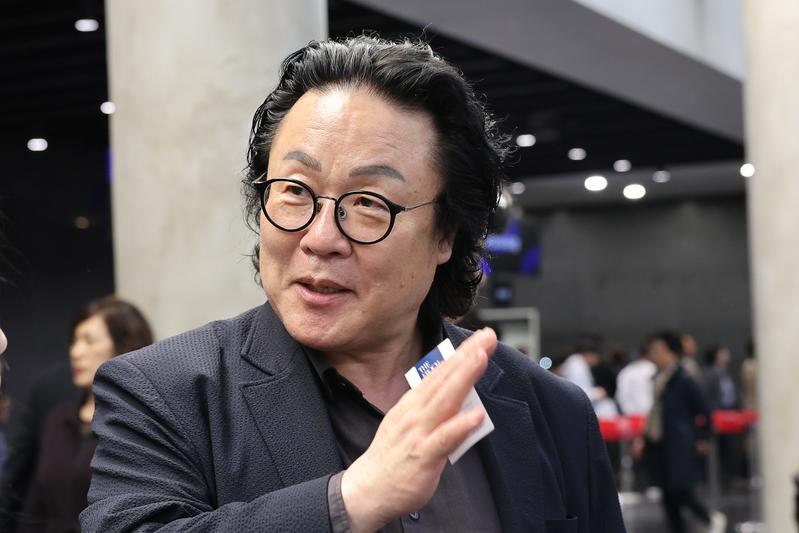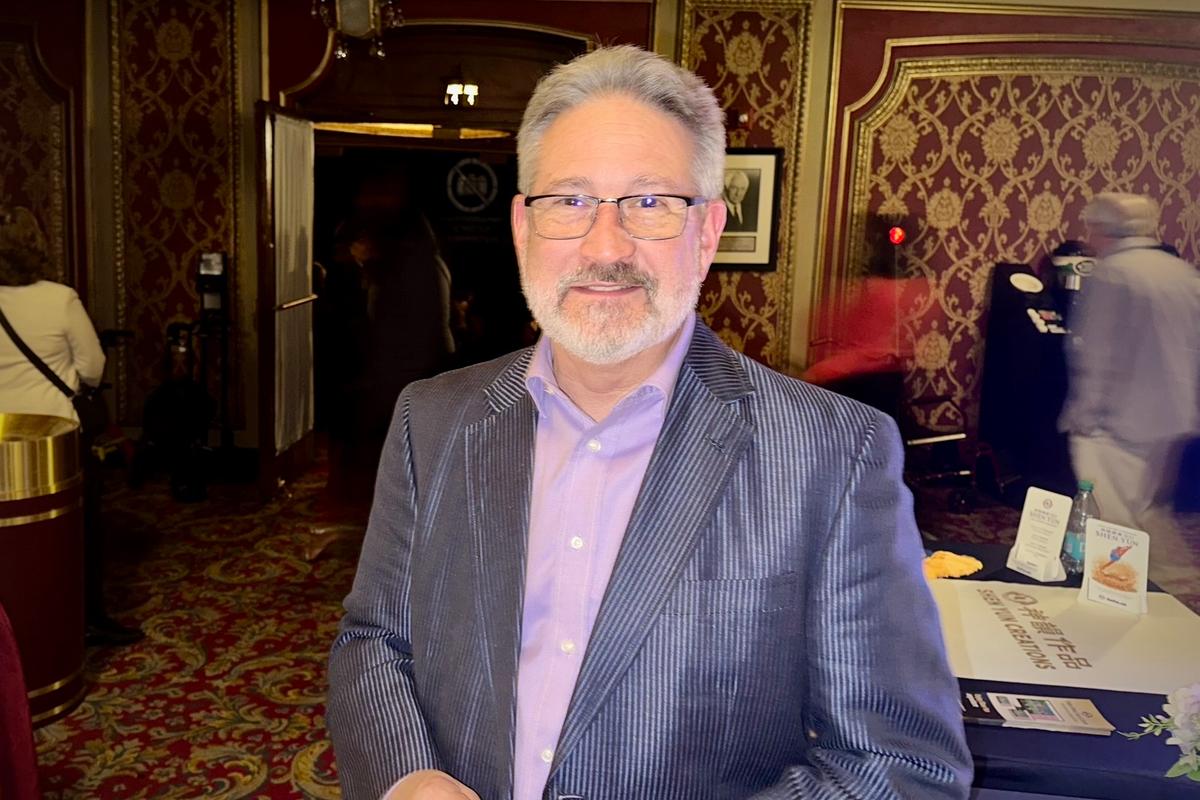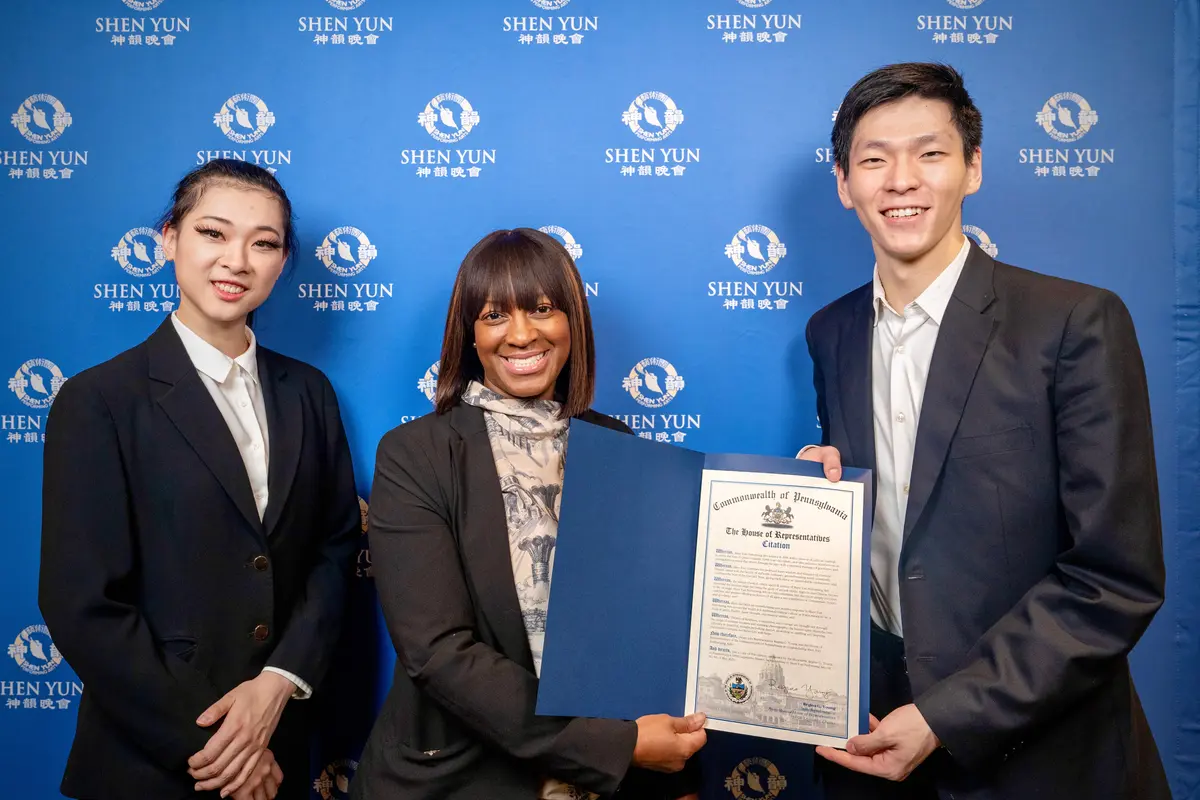SPOKANE, Washington—Shen Yun Performing Arts is a traditional dance and music company that is not afraid to stand up for what is right in the midst of pressure and opposition.
Through about 20 vignettes of dances and stories, the New York-based company takes theatergoers on a journey through China’s 5,000 years of civilization and history, even to parts of history the current communist regime does not want the world to see.
This aspect of the performance has intrigued many audience members, just like Chris Patterson, who is the director of business solutions at Food Services of America.
“The last one before the break really stuck out to me and that was about the religious freedom and the ongoing persecution that’s going on right now in China. So that really hits me kind of hard,” Patterson said, referring to the dance “Goodness in the Face of Evil,” a piece that tells the story of a girl who is persecuted for her faith in the spiritual practice Falun Gong.
Many audience members are surprised to learn that a great number of Chinese people are still being persecuted for their faith, despite the communist regime’s appearance of modernization and opening up to the West.
Falun Gong, or Falun Dafa, teaches the principles of “Truthfulness, Compassion, and Tolerance,” where adherents seek to orient themselves toward self-betterment, taking responsibility, and putting others first.
The practice has helped over 100 million Chinese people today understand and return to the essence of traditional Chinese culture. But the Chinese regime banned the practice in 1999 and has since continued to systematically persecute Falun Gong adherents in China. People who are caught practicing the discipline in China face severe persecution, including torture, imprisonment, and even death.
Every year, Shen Yun includes stories that depict the devastating persecution. These stories portray values that are foundational to traditional Chinese culture like benevolence of the divine and good and evil retribution and are not political in nature. Instead, these pieces try to inspire audience members to reflect on themselves and the world around them, like Patterson.
“We’re people that want to be a part of the culture, people that want to be free. I love that. I love that and I think it empowers us to have conversations about it, for sure,” he added.
Meanwhile, Patterson said Shen Yun’s portrayal of China’s minority groups like the Mongolians through ethnic and folk dance allowed him to see the “common threads and themes in all cultures.”“[It’s] because I can hear kind of the American West theme in that, even though it’s Mongolian plains. It had a similar kind of field so I think that helps connect all of us,” he said, adding that these pieces were inspiring and energizing.
Patterson said he would come back another time to see Shen Yun again, adding that it was worth the experience.“You have to go. It’s worth it. It’s absolutely worth your time and energy and effort, and I wouldn’t even hesitate about going to this show. It’s fabulous,” he said.

